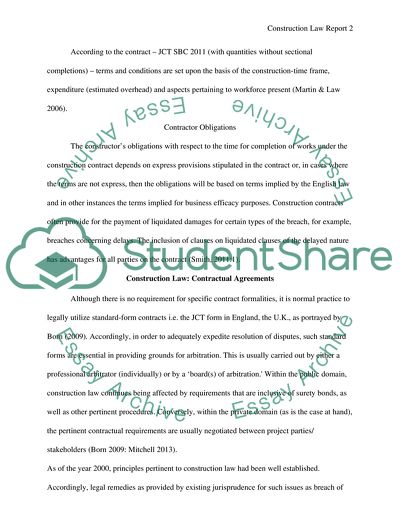Cite this document
(“Construction Law Report Essay Example | Topics and Well Written Essays - 1750 words”, n.d.)
Retrieved from https://studentshare.org/law/1665935-construction-law-report
Retrieved from https://studentshare.org/law/1665935-construction-law-report
(Construction Law Report Essay Example | Topics and Well Written Essays - 1750 Words)
https://studentshare.org/law/1665935-construction-law-report.
https://studentshare.org/law/1665935-construction-law-report.
“Construction Law Report Essay Example | Topics and Well Written Essays - 1750 Words”, n.d. https://studentshare.org/law/1665935-construction-law-report.


